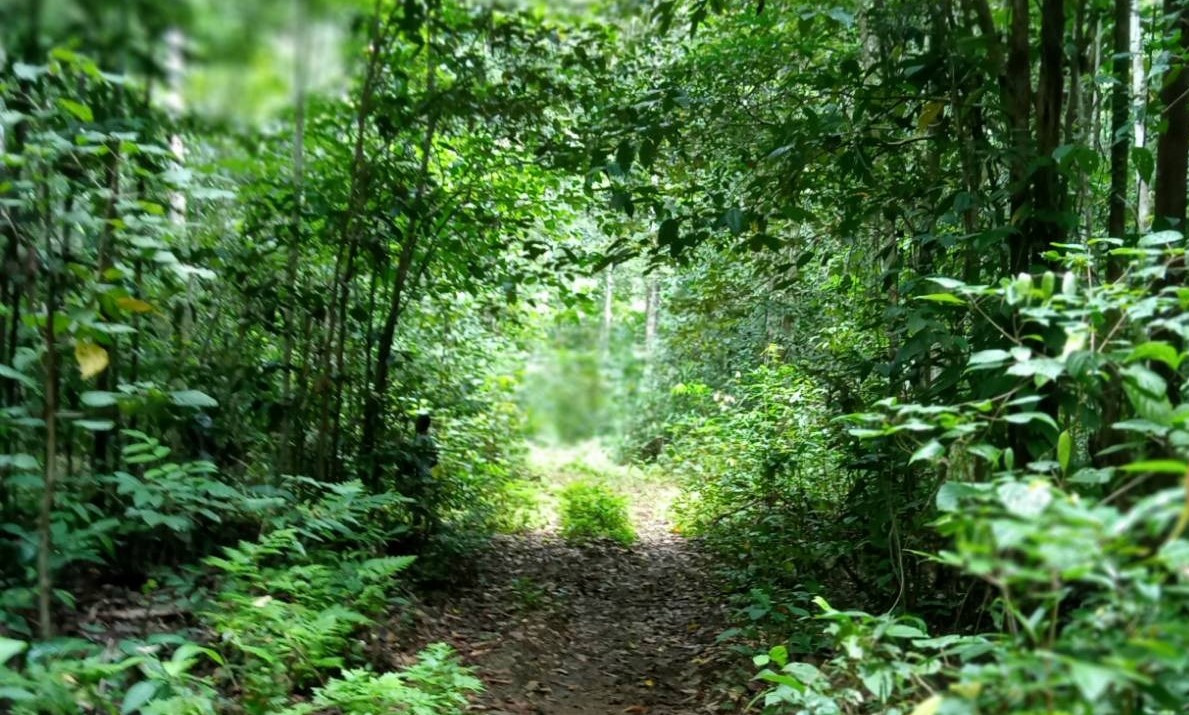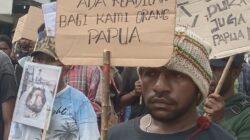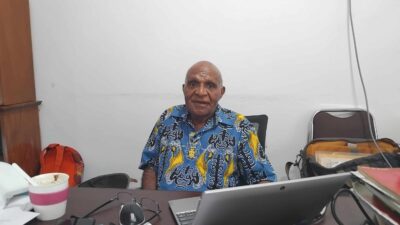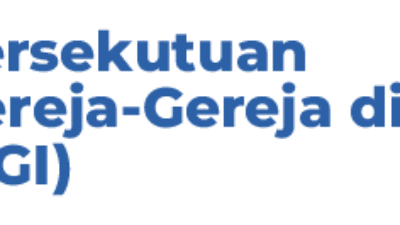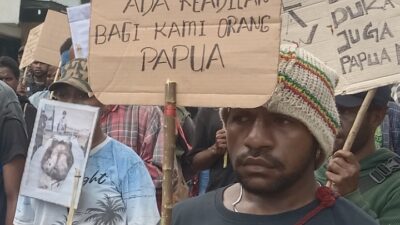Jayapura, Jubi – Greenpeace Indonesia calls on the Papua Provincial Government to make a commitment to a low-carbon development strategy in Papua. The organization emphasizes that the government’s dedication is pivotal to ensure the sustainability and preservation of Papua’s natural forests.
Nico Wamafma, the Forest Campaigner for Greenpeace Indonesia, highlights that achieving the low-carbon development plan hinges on the government’s willingness to acknowledge the land, forest, and natural resource rights of indigenous people.
Additionally, the government needs to shift away from its exploitative development approach, which includes reducing the issuance of licenses for activities like mining, Industrial Plantation Forests (HTI), Forest Concession Rights (HPH), and oil palm plantations.
Greenpeace, in collaboration with the Institute for Development of Economics and Finance (INDEF), has uncovered that oil palm plantation licenses in Papua cover a vast area of 1.88 million hectares. Wamafma underlines that without concrete implementation of this commitment, the low-carbon development plan will stay as empty rhetoric on documents.
Wamafma reflects on Papua’s development trajectory over the past 23 years, citing it as a lesson on the pitfalls of a non-participatory approach that neglects the rights of Indigenous Papuans and damages the natural environment. According to Greenpeace Indonesia’s research, Papua has lost 641.4 thousand hectares of natural forest between 2000 and 2020.
Integrating indigenous territories into the Papua Spatial and Regional Plan (RTRW) is a crucial step, according to Wamafma. The Customary Territory Registration Agency (BRWA) has registered 107 maps of customary territories in Papua Province spanning 3,547,259 hectares. Of these, nine territories have gained recognition from the local government, covering an area of 26,972 hectares.
Wamafma asserts that incorporating indigenous territories into the RTRW document facilitates development planning within these areas, ensuring their protection and sustainability. He emphasizes that the active involvement of indigenous peoples is essential for this safeguarding process.
He stresses the importance of the Free, Prior, and Informed Consent (FPIC) process as a prerequisite for spatial designations. Wamafma argues that involving indigenous people guarantees their participation in managing and safeguarding land, forests, water, and natural resources in Papua. (*)


